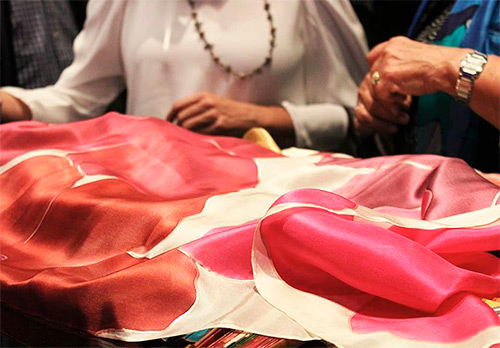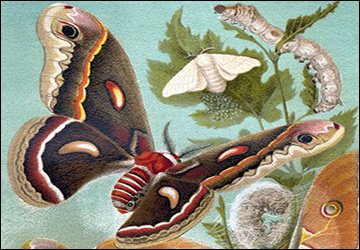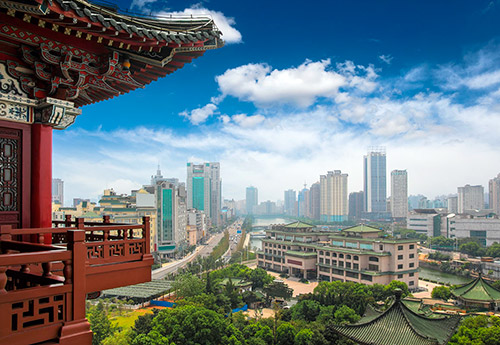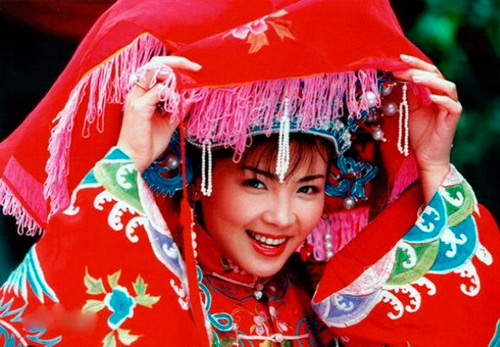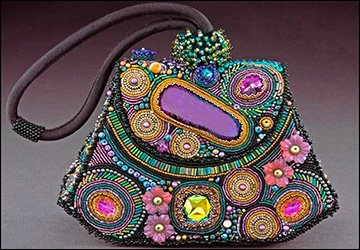Beautiful dresses
How to distinguish natural silk and how to care for clothes
Today everyone knows that the birthplace of silk China... And although the secret of obtaining it was carefully kept, even under pain of death, the method of making this luxurious material was recognized all over the world. How the secret was discovered remains to be guessed, or to believe one of the legends that tells about it.
But that the “culprits” of silk production were small silkworm insects, some travelers of that time guessed, because when returning from China and passing the border, everyone was thoroughly searched. All attempts to smuggle cocoons or silkworms abroad were suppressed.
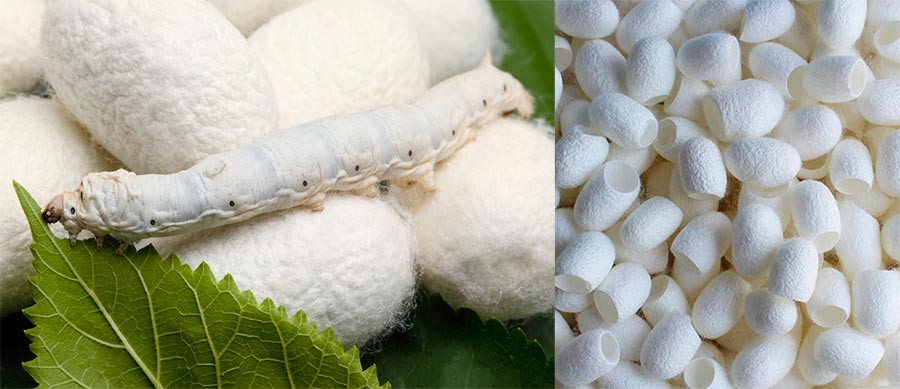
Further silk production can be traced back to archaeological finds or documents. It is believed that they learned about the Chinese secret first in Korea, then in Japan and India, where silk production was soon established.
Byzantium became the first country in the West to develop its own silkworm breeding. And here, too, they tried to keep the secret of its manufacture. But soon the Persians, Byzantium's closest neighbors, mastered this art and created silk production using their skill and technology. And then silk art appeared in Spain and in many cities of the Apennine Peninsula.
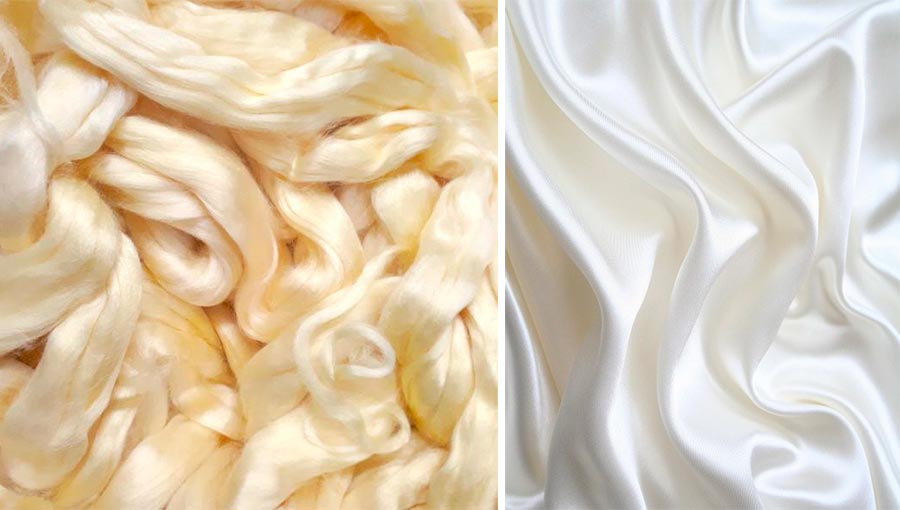
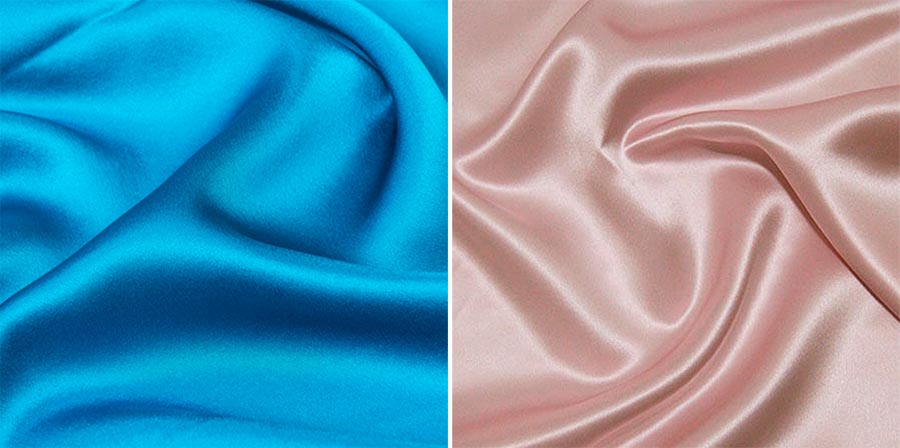
Today, China remains the main exporter of silk products in the world market, although silk is produced by many countries. Italian silk is also considered one of the finest in the world.
Silk remains the epitome of luxury and sophistication today. On the basis of silk, using different thread thicknesses and types of weaves, various fabrics are created. For example, an atlas, chiffon, twill, foulard, organza, silk velvet, cambric, gauze, crepe, silk veil, brocade, taffeta, muslin, satin, itch ...

Silk fabric quality
The beauty of silk and its practical virtues contribute to the popularity of this fabric in many areas of the industry, not to mention the fashion world. Silk is especially actively used by famous brands in Italy. The texture of the fabric makes the fantastic ideas of designers come true. Its incredible lightness, shimmering shine and at the same time amazing durability allow the fabric to be used in sewing a wide variety of clothes.
In addition to the peculiarities of the weaves, the cultivation of silkworm caterpillars affects the quality and beauty of the fabric. For example, if a fabric label says “100% KBT SEIDE” (100% silk) or “ORGANIC SEIDE”, this means that the material is environmentally friendly. That is, when growing silkworms, selected foliage was used for its nutrition, hormones were not used to accelerate the growth and size of insects, mulberries were not treated with harmful chemicals. The quality of the fiber depends on the leaves the caterpillars feed on.
If they are fed oak leaves, coarser fibers are obtained.
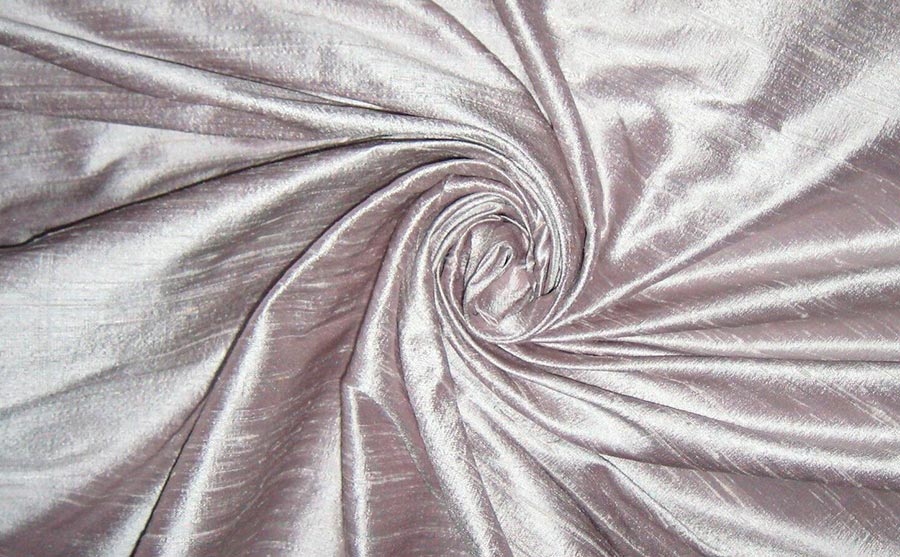
Most women today can afford to buy natural silk fabric. However, there are those who are not allowed by the family budget to do this. For a long time, viscose and various synthetic fabrics have been used as a similar material. Naturally, the price for these materials is much lower.
How to distinguish natural from synthetic silk?
How to distinguish natural material from synthetics when buying?
Let's consider the main features of the difference.
- The first thing you can see is the price. The difference is significant.
- Natural silk is extraordinarily delicate, light and seems to "flow" from the hands. Synthetic is much tougher.
- Artificial fabric has a dull sheen that is incomparable with the sheen of natural. The shine of natural silk changes its shade under different lighting conditions.
- When in contact with natural silk, you can quickly feel that it is heating up from the heat of your body.
- When compressed, synthetic silk wrinkles and retains creases, which are not in natural fabric, creases quickly disappear.
- You can also pay attention to the cut of the fabric. Synthetic silk fabrics are very loose in the cut.
- Checking the naturalness of the fabric when burning. A set on fire synthetic thread has a plastic smell, viscose - wood or paper, and natural silk thread burns slowly, smells like burnt feathers or wool. Ashes from burning natural silk are easily crumbled. In case of burning synthetics, the thread melts, as it should be for plastic. Viscose ash can be rubbed by hand.

Silk care
Let's name a few basic rules for caring for silk items. Silk requires delicate handling. This noble material should be protected from puffs, exposure to high temperatures.
It is better to wash silk items by hand, although it is possible in the machine in a delicate mode. The temperature of the water during washing should not exceed 30 C. When spinning, do not use vigorous actions, it is better to do it with a little effort. If spinning in the machine, then this process should also be delicate.
The washed product should be rinsed in water at a temperature of 25 ° C. In this case, you can add a little vinegar to the water (no more than 5 tablespoons per 10 liters of water). Vinegar when rinsed helps to preserve the brightness and shine of the fabric.

It is better to dry things in the shade outside or in a ventilated area. In this case, the products must be well straightened so that there are no creases. It is undesirable to get into ultraviolet rays, due to which the fabric gradually loses color. Do not hang next to heating appliances. You can iron silk fabrics with a slightly heated iron.
Silk fabrics remain popular despite their high cost. Silk clothes are suitable for everyday wear and office work, as well as for various special occasions. And besides silk dresses, you should pay attention to silk bedding, but this is a completely different topic that deserves special attention.

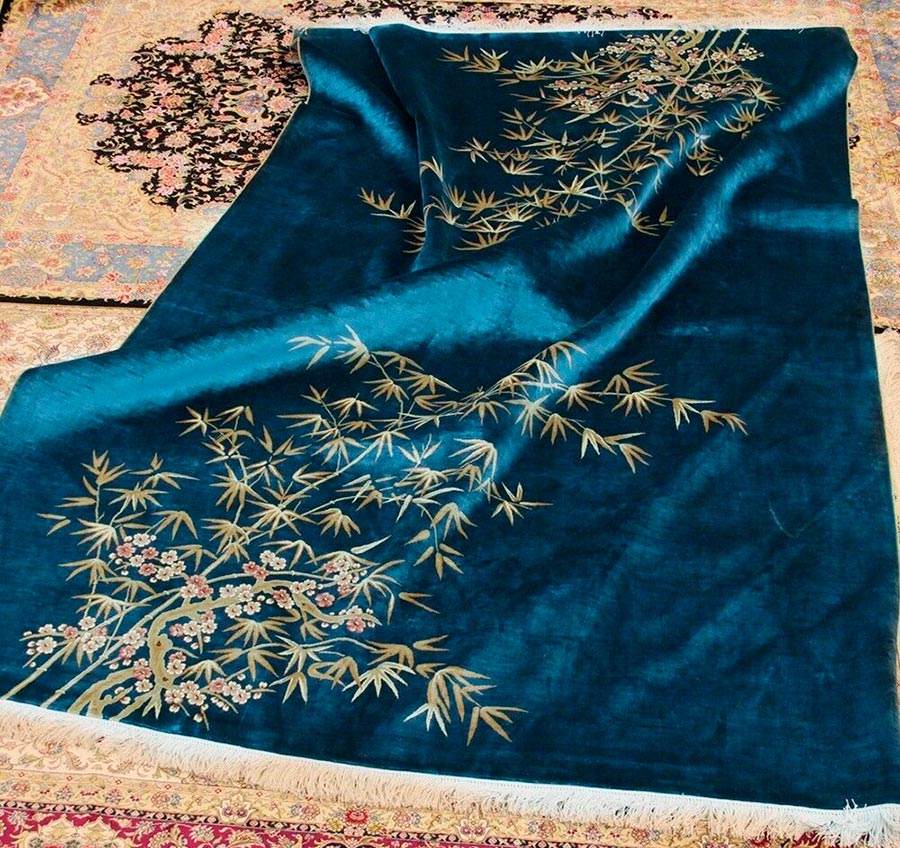
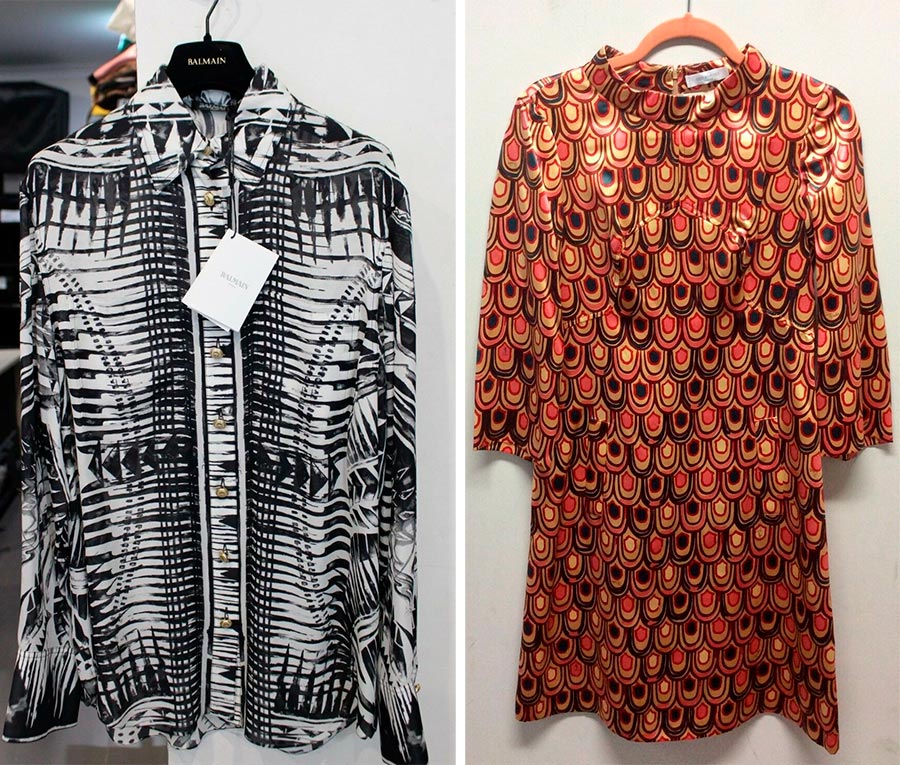
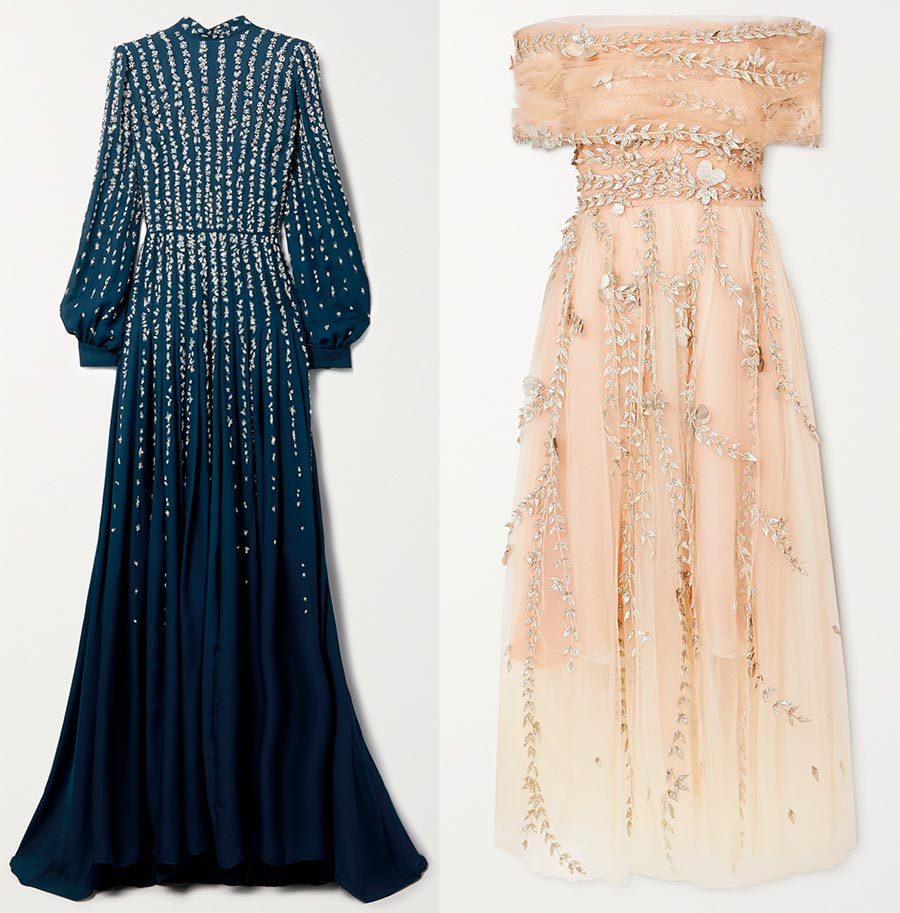

Comments and Reviews
Add a comment
Rating news
Shades of clothing that make women look younger
What shades of hair make women younger: rules and photos
Funny wedding dresses - photos and ideas
12 most expensive down jackets for the winter
How to look 25 at 40: tips from supermodels
Beautiful schoolgirls
Anti-aging haircuts and hairstyles for women
Fashionable skirts for autumn and winter
Fashionable women's trousers for the cold season
Fashionable and stylish sandals for summer 2024
Spring-summer 2024
 Fashionable dresses and tops with thin spaghetti straps
Fashionable dresses and tops with thin spaghetti straps
 Bandana tops: how to wear stylishly and beautifully
Bandana tops: how to wear stylishly and beautifully
 How to put together the perfect men's wardrobe for the summer
How to put together the perfect men's wardrobe for the summer
 Trendy shorts for spring-summer 2024
Trendy shorts for spring-summer 2024
 Fashionable skirts for spring-summer 2024: a guide to online shopping
Fashionable skirts for spring-summer 2024: a guide to online shopping
 The most fashionable dresses spring-summer 2024: styles and colors
The most fashionable dresses spring-summer 2024: styles and colors
 Fashionable total look 2024: image ideas and trends
Fashionable total look 2024: image ideas and trends
